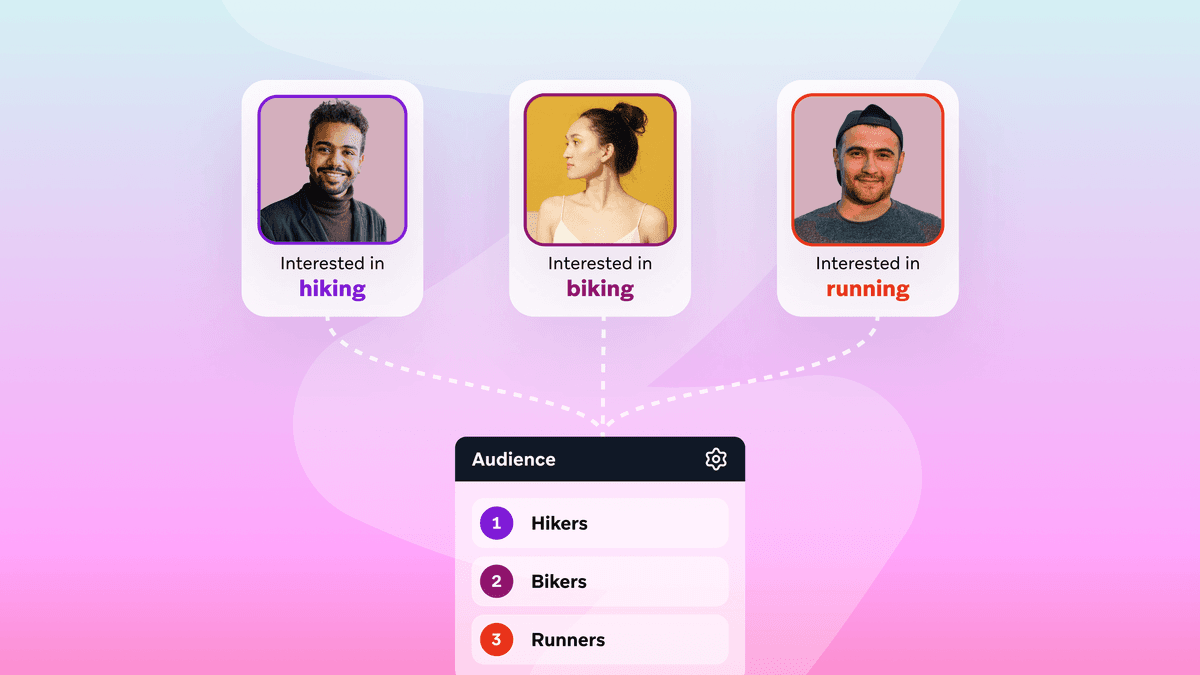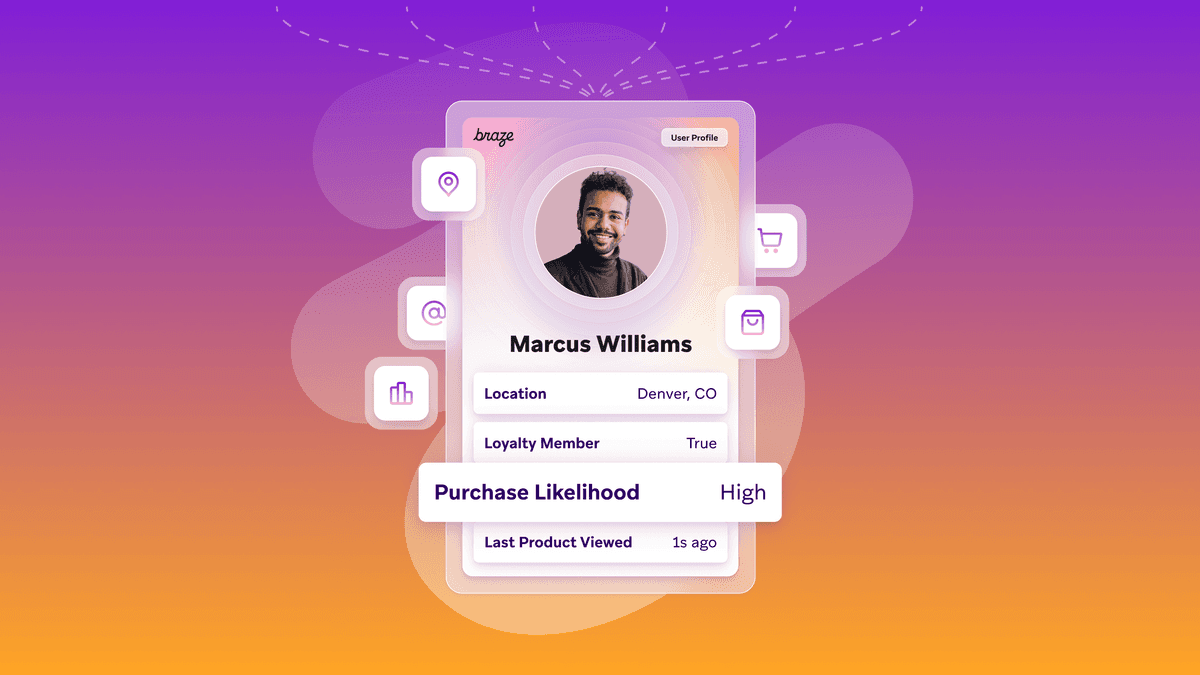5 Principles All Email Marketers Should Live By
Published on October 24, 2019/Last edited on October 24, 2019/6 min read


Magith Noohukhan
Product Evangelist, BrazeA few weeks back, I came in to work after a long weekend and started off my day by trying to get a handle on my inbox. And as I browsed through the hundreds and hundreds of emails waiting for me, I came across a reply—or at least that’s what I thought!—from an insurance company. But when I clicked into the message, it became clear that this wasn’t a reply email at all. Instead, it was a promotional message, one where the company had altered the subject line to make it look like a reply to a message I’d sent (think “re: insurance request”).
I’d been tricked—and I’ll be honest, it didn’t feel good. When you have hundreds of emails to wade through and someone manipulates you like that in order to get you to open their message, they’re making a strategic error: You may get that open, but you’re training your customers that they can’t trust the outreach you send.
That experience got me thinking about the importance of ensuring that you’re talking to your customers thoughtfully. So let’s dig into the five rules that brands should keep in mind when they think about the email campaigns they send:
1. Compose the Email like You’re Sending It to Someone You Know
Imagine receiving an email from a brand that you’ve never engaged with, never opted in to hear from, and the message has a misleading or manipulative subject line. Admit it—you’d be pissed. And the annoyance you’re feeling right now, thinking about that kind of experience, is hardly the kind of thing a successful, long-term, customer/brand relationship is based on.
The relationships between brands and their customers are exactly that: Relationships. You wouldn’t want to trick your mom or your husband or your best friend into reading something you send them, because those relationships are too important to risk. And the same goes for your customer relationships.
The moment a marketer starts thinking about building an email campaign, they should be thinking about:
- What do we want to say?
- Who do we want to say it to?
- Why are we saying it to?
When you’re answering these questions, start by putting yourself in the shoes of your customers. Think about the kinds of email that makes you feel happy, the kind of emails you tend to open—and also what triggers you to mark an email as spam, or block an email sender. If you wouldn’t send the email you’re creating to someone you know and care about, you need to rethink the emails you’re creating.
2. Double-Check That You Are Adding Value with Your Email
In today’s world of overcrowded inboxes, it’s easy for the emails you send to get lost. According to Return Path, the average inbox has 8,000 emails in it—and only 24% of those emails will ever be read. To make sure your outreach lands in that 24%, it’s important to make sure that every message you send reads like a conversation between two friends.
What does that look like? Your emails should be responsive, contextually relevant, educational, and, on top of everything, they should add value to the people receiving them. To get there, create detailed audience segments that allow you to provide relevant information to the right groups of people at the right time. And because people’s preferences can always change, it’s important to capture, store, and act on real-time data about each user via your live customer profiles’. That will help you narrow down your segments and adjust them over time, so you’re not sending emails to people who are no longer interested in receiving them.
One last thing on this: For your brand’s sake, always make sure the content of the messages you send matches those messages’ subject lines. Taking a clickbait approach can get some short-term opens, but you’ll pay a major price—uninstalls, disengaged customers, lower revenue—over the long haul.
3. People From Different Cultures Speak Differently
There’s an emotional component to the emails you send. The tone of voice you use when you speak to someone has an impact on how they perceive you—and the same is true of your brand’s voice in the emails you send.
One big place that matters? Salutations. If you’re a global brand, it’s important to learn about how people expect to be addressed in different cultures before sending those individuals emails. For instance, it’s very common to address someone by their last name in Germany, while people in the UK expect to be called by their first names—so if your emails don’t reflect those cultural differences, you’ll be starting things off on the wrong foot.
As a marketer, it’s really important to think through how every recipient will interpret your email so you can ensure you’re composing messages that make sense for the audience you’re targeting. While every brand has its own unique voice, it’s still important to make sure that your brand’s voice can be tweaked and adjusted to speak effectively to each different region you do business in.
4. Put Your Email Recipients in the Driver’s Seat with a Double Opt-In
Great customer experiences are intrinsically customer-focused. For email, that means providing recipients with the control they desire, starting from the moment they opt in and continuing until (God forbid!) they decide they’re no longer interested in hearing from you.
When someone provides their email address through your website, app, or other means, that action is important—but it’s not a license to blast them with irrelevant messaging. The smart move is to make sure they’re actually interested in hearing from you by using a double opt-in approach: That is, send them a follow-up message asking them to affirmatively enable future outreach from your brand.
5. Embrace Sunsetting—And Everything That Comes With It
The importance of giving your recipients control doesn’t end with the double opt-in. People who want to hear from you today may not always feel that way—and if you keep messaging them anyway, you can damage your email reputation and imperil deliverability of your emails across the board.
To protect your brand, make sure it’s easy for users to unsubscribe from your emails if that’s what they choose to do and think about implementing a sunsetting policy. With sunsetting, your brand would automatically remove individuals from your email list if they fail to engage with the messages you send in this channel. That respect their decision to stop engaging and lowers the risk that your brand is listed as a spammer by internet service providers (ISPs). It’s the right thing (and the smart thing) to do.
Final Thoughts
When it comes to email, it’s possible to do the right thing and still see strong results. Strong customer relationships are built on a foundation of trust, respect, and care—and taking a thoughtful approach to the emails you send is a key first step in building that foundation.
Want to dig deeper into what it takes to send great emails? Check out “Emails on Email,” our interactive look at modern email marketing and where it’s going.
Related Tags
Be Absolutely Engaging.™
Sign up for regular updates from Braze.




